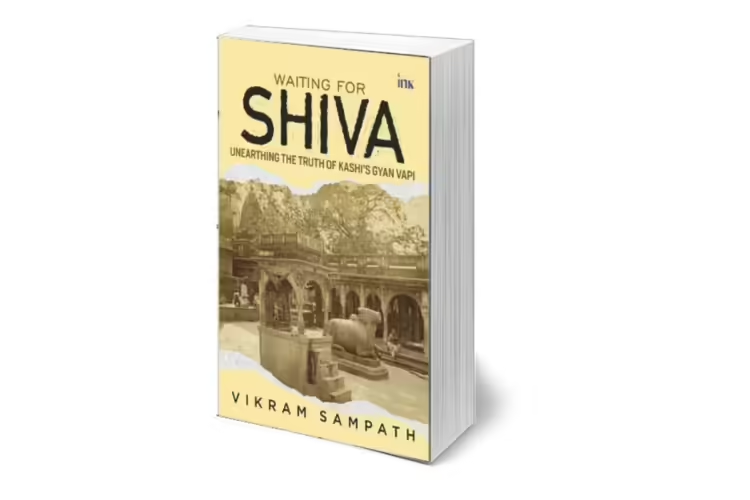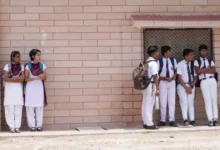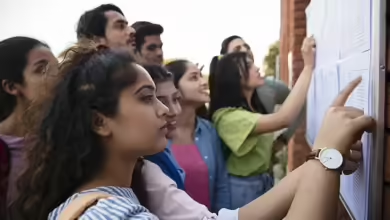Review of the book Waiting for Shiva: Revealing the Truth of Kashi’s Sacred Resurrection via Gyan Vapi
Waiting for Shiva: Unearthing the Truth of Kashi’s Gyan Vapi by Vikram Sampath examines Hindu resiliency, resurrection, and reclaiming in the face of historical adversity. It challenges readers to consider the relevance of Hinduism in Indian civilization while also facing difficult historical situations, such as those involving Kashi’s Gyan Vapi. It explores the journey of the holy site for Muslims and Hindus alike, offering insights on the political, theological, and cultural factors that surround it.

“Denying and denouncing this umbilical cord at the misplaced altar of secularism was the tragedy in India, especially after Independence,” argues Sampath. On the other hand, Hinduism aims to unite a culturally heterogeneous country under a single identity. It is a reflection of the dharma notion from ancient India. Tensions amongst Indian groups have arisen as a result of the politicization of Hindu identity. Events like the Gyan Vapi, or Ayodhya dispute over the Babri Masjid, highlight the difficulties in defining one’s religious identity and maintaining social cohesiveness.
Sampath does not downplay the criticism leveled against Congressmen and Marxist historians for promoting myths about historical occurrences like the Krishna janmasthan in Mathura and the Kashi Vishwanath temple in Kashi. He said that their stories discredited Hinduism, vilified Brahmins, and justified intolerance against Muslims. However, he places a strong focus on producing a different body of work that refutes these historical misrepresentations.
The book focuses on the events of 1810, when the Gyan Vapi mosque was destroyed by rioting between communities. The focus then turns to the court cases involving the location, including “Deen Muhammad v. The State” from 1936, in which Muslims fought for their ability to worship within the complex. But the court decided against them, declaring that the location was not Waqf property and that Islamic law forbade praying on seized territory without authorization. The story as a whole emphasizes the importance of archaeological surveys and evidence in determining the religious nature of the site, and the debate underlines the many turns and turns in the proceedings.
Sampath highlights the significance of Kashi in Hindu consciousness. He uses instances from Bengal to Gujarat to demonstrate how Kashi was important all throughout India. He then discusses the Jain and Sikh groups to further illustrate the global respect that Kashi has.
Although the book offers an engaging examination of Hindu consciousness, the timing of its publication might possibly benefit the governing BJP regime by politicising historical accounts for modern ends. Because of this, it is imperative that readers examine the book critically, taking into account both its implications for the contemporary Indian environment and its larger socio-political context.
“Social Schisms Are Perpetuated by Ignoring History”
In an interview with Soumya Bhowmick, Vikram Sampath discusses his latest book, Waiting for Shiva, and whether publishing it before the Lok Sabha elections may polarize historical accounts.
Comparatively speaking, this book came out sooner than your other efforts. In such a short amount of time, how did you manage to include such thorough historical details of Kashi’s Gyan Vapi?
It startled me, too, how quickly Waiting for Shiva came out. I believe that I was not solely responsible for the book. I had to go away from my typical historical research techniques for this assignment. It was crucial to have access to primary materials in their native language, in addition to colonial and archival documents. I thus spent several hours studying Sanskrit literature and the complexities of religion with specialists.
Why has India found the politicization of Hindu consciousness to be such a big problem?
While the politicization of Hindu consciousness has undoubtedly been a major problem for India, it’s important to acknowledge that this is not a recent phenomenon. There has always been conflict over holy places like Kashi, with different kings and groups staking claims on them throughout the ages. Regarding the distortion of history, it’s critical to recognize that the larger historical backdrop shouldn’t be obscured by the political affiliations of the present. As a historian, I’m more concerned in deciphering the underlying social structures and the ties that ordinary people have to these hallowed places.
What I refer to as the ‘Nehruvian Marxist’ consensus has been working relentlessly to present an image of India that dissociates itself from its rich cultural and religious legacy. Because of this, many are reluctant to face difficult historical facts in the sake of preserving societal peace. But denying historical facts simply serves to keep social divisions alive. It’s time to throw off political correctness’s constraints.
What are your thoughts on the historical and regional variations in Hindu awareness in India?
The idea of an all-encompassing Hindu mind is not brand-new. There is evidence of a common cultural and spiritual identity that predates geographical distinctions even in ancient times. For example, Adi Shankaracharya established mathematics after traveling widely around the subcontinent. In a similar vein, there are examples of devotion to Lord Ram that transcend geographical boundaries. Even after independence, the idea of north-south disparities in Hindu consciousness has been maintained as a colonial construct. In fact, our common cultural history has bound our country together from the beginning. Perhaps in response to historical distortions, these timeless ideals are being reaffirmed by the contemporary rise of Hindu consciousness.
What impression do you believe Waiting for Shiva’s release date will have on the Indian audience?
I continue to place more emphasis on the cultural, historical, and sociological ramifications than the political environment. Though politics unavoidably pervades many facets of Indian life, the increasing willingness and interest of readers, particularly younger ones, to engage with complex topics like history and identity is very heartening. India has changed dramatically, and those in positions of power need to recognize and applaud this grassroots change. Therefore, the relevance of the book’s publishing at this particular time is defined by the larger cultural movements and the need for truth, even while the political background adds a fascinating aspect.






